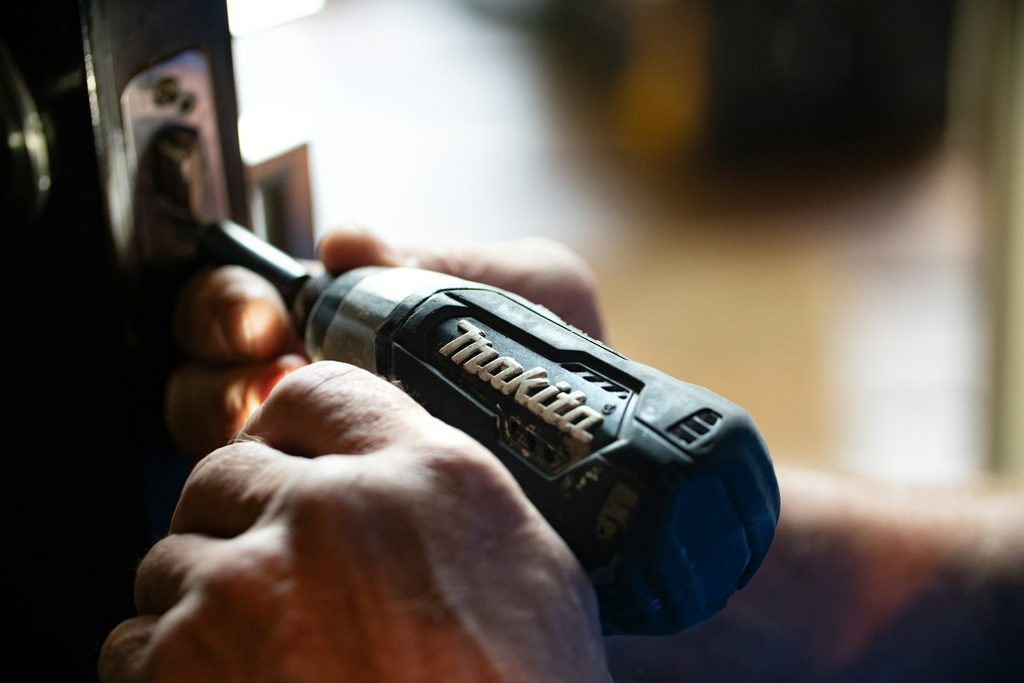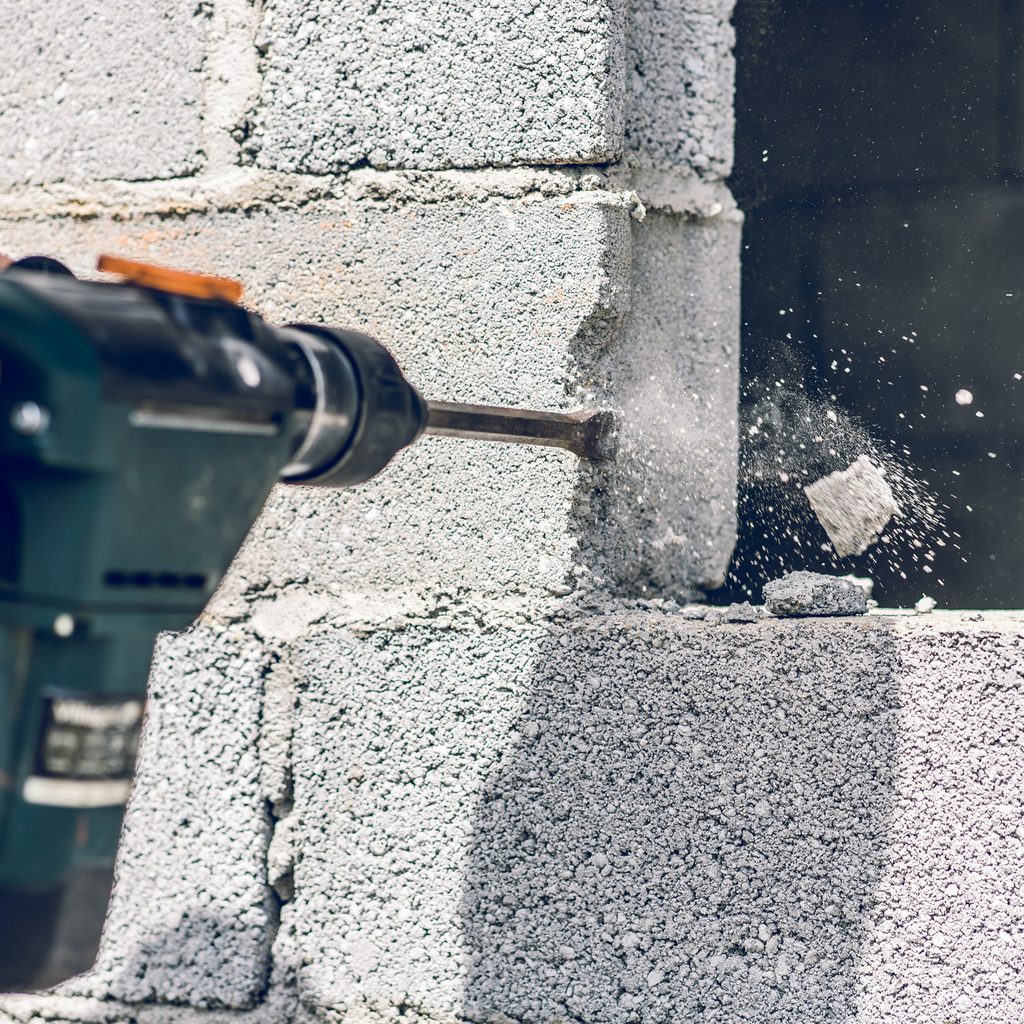When it comes to DIY home projects, the tools you choose can significantly affect the outcome of your task. Two of the most commonly used tools in any toolbox are the impact driver and the drill. Understanding the differences between these two power tools is essential for choosing the right one for your specific needs. Let’s dig into the impact driver vs. drill debate, exploring their differences, pros and cons, and when you should use one over the other.
Impact driver vs. drill: What’s the difference?

Both impact drivers and drills are essential tools for repairs and maintenance, but they are designed for different purposes. Understanding how each operates can help you make an informed decision.
What is an impact driver?
An impact driver is a powerful tool designed to drive screws and bolts with high torque. It uses a combination of rotational force and quick, concussive bursts of power to drive screws into even the toughest materials. The primary function of an impact driver is to handle heavy-duty construction tasks that require more force than a standard drill can provide. It’s typically more compact and lighter than a drill, making it easier to handle, especially in tight spaces.
Impact drivers use hexagonal-shaped bits that snap into the chuck. The unique design allows the tool to apply downward force, which helps prevent the bit from slipping out of the screw head, even when working with tough materials.
What is a drill?
A drill is one of the most versatile tools in any toolbox. It’s primarily designed for drilling holes in various materials, such as wood, metal, and plastic. Drills operate by rotating a bit at high speed, allowing it to bore through material efficiently. Unlike impact drivers, drills offer more control over speed and torque, making them ideal for precision work.
Drills come in two main types: corded and cordless. Cordless drills are more popular due to their portability, but corded drills provide continuous power, making them suitable for more extended periods of work. Drills typically use cylindrical-shaped bits that are clamped into the chuck, allowing for a wide range of bit sizes and types.
Pros and cons of impact drivers

Impact drivers are powerful tools, but like any tool, they have their strengths and weaknesses. Here’s a breakdown of the pros and cons:
Pros
- High torque output: Impact drivers deliver significantly more torque than drills, making them ideal for driving long screws or bolts into tough materials.
- Compact and lightweight: Their smaller size and lighter weight make impact drivers easier to handle, especially in tight spaces.
- Reduces user fatigue: The concussive action of an impact driver reduces the amount of twisting force felt by the user, making it less tiring to use over extended periods.
- Minimizes bit slippage: The design of impact drivers reduces the risk of the bit slipping out of the screw head, even when working with hard materials.
- Quick and efficient: Impact drivers can drive screws faster and with less effort than a drill.
Cons
- Less precision: The high torque and concussive action can make it challenging to control the tool for precision tasks.
- Limited to driving screws and bolts: Impact drivers are not designed for drilling holes, making them less versatile than drills.
- No adjustable clutch: Unlike drills, impact drivers do not have an adjustable clutch, which means you can’t control the torque as precisely.
When to use an impact driver instead of a drill
An impact driver is your go-to tool when you need to drive screws or bolts into dense or tough materials, such as hardwood, metal, or masonry. It’s also the best choice for tasks that require high torque, like assembling furniture, installing new decking, or working on automotive projects.
If you’re working in tight spaces where a bulky drill might be challenging to maneuver, an impact driver’s compact design can be a significant advantage. However, because of its high torque, an impact driver is not suitable for tasks that require delicate handling or precision.
Pros and cons of drills

Drills are versatile tools with a wide range of applications. However, they also have their own advantages and disadvantages.
Pros
- Versatile: Drills can be used for drilling holes in various materials, as well as driving screws and other fasteners.
- Precise control: Drills often come with adjustable speed and torque settings, allowing for precise control over the drilling or driving process.
- Wide range of bits: The cylindrical chuck of a drill can hold a variety of bit types and sizes, making it adaptable to different tasks.
- Dual function: Many drills also have a hammer function, which adds a percussive force to help drill through harder materials like concrete.
- Adjustable clutch: The adjustable clutch allows you to set the torque limit, preventing overdriving screws and protecting your materials from damage.
Cons
- Lower torque: Drills generally have less torque compared to impact drivers, making them less effective for driving large or long screws into dense materials.
- Heavier and bulkier: Drills are often larger and heavier than impact drivers, which can make them more difficult to use in tight spaces.
- Increased user fatigue: The continuous twisting force can cause more strain on the user’s wrist and arm during prolonged use.
When to use a drill instead of an impact driver
A drill is your best option when you need to make precise holes in various materials or when working on tasks that require delicate handling. For example, when installing shelves, hanging up pictures, or assembling pre-drilled furniture, a drill provides the control and precision necessary to avoid damaging your materials.
Drills are also ideal for driving screws into soft materials like drywall or wood, where high torque isn’t required. If you need a tool that can handle both drilling and driving tasks with adjustable settings, a drill is the more versatile choice.
Choosing between an impact driver and a drill depends on the specific tasks you’re planning to undertake. If you’re working on heavy-duty projects that require driving long screws or bolts into tough materials, an impact driver is the tool for the job. However, if you need a versatile tool that can handle a variety of drilling and driving projects with precision, a drill is the better option. Understanding the strengths and limitations of each tool will help you make the right choice for your next project, ensuring you achieve the best possible results.




